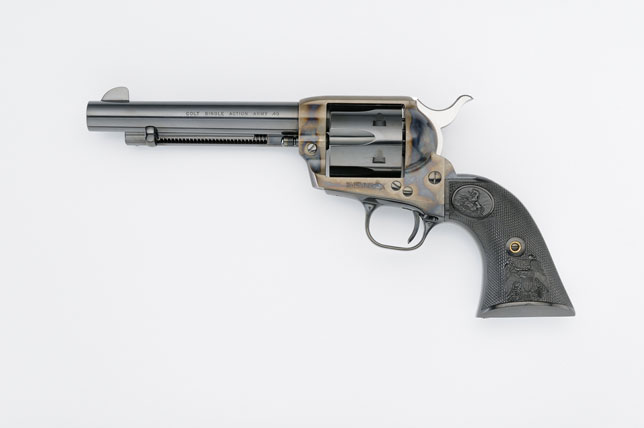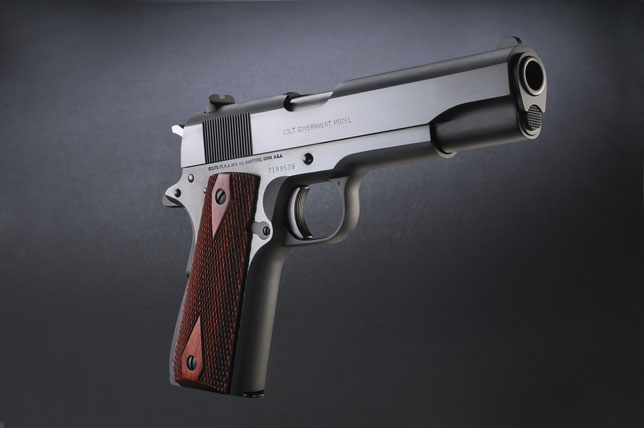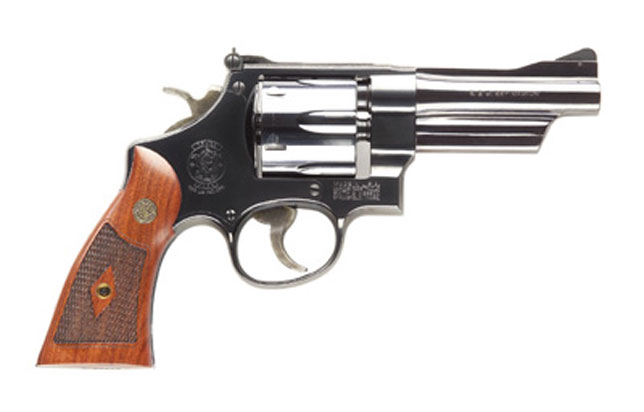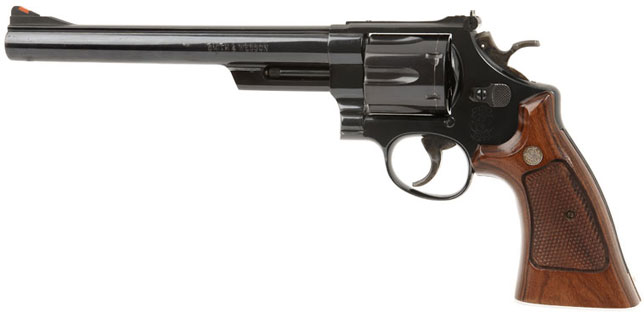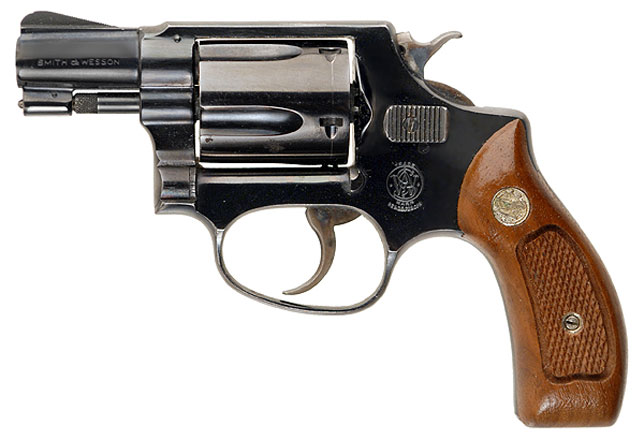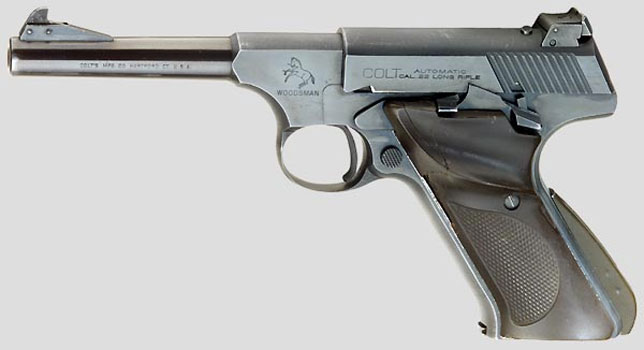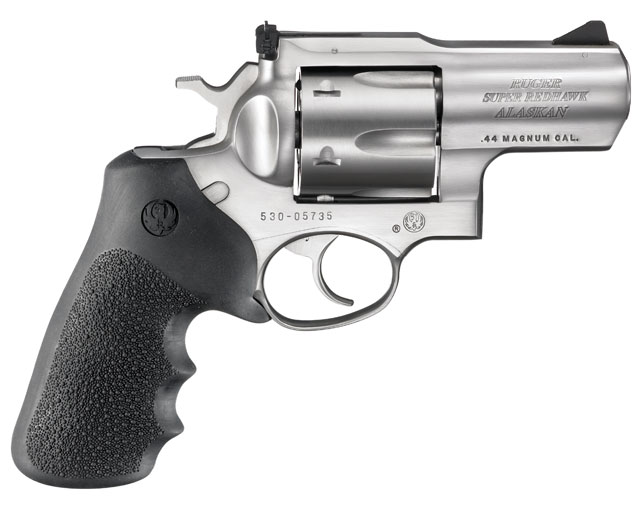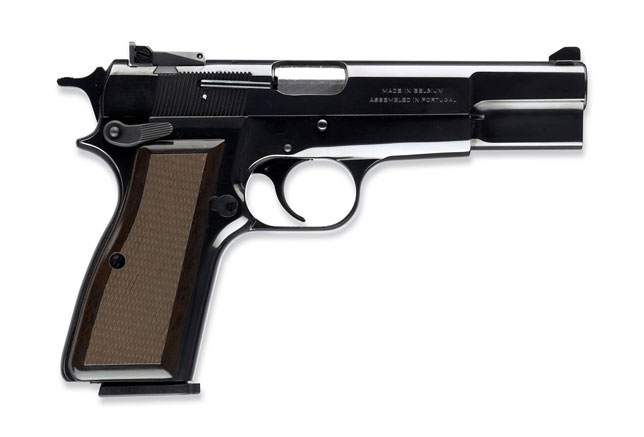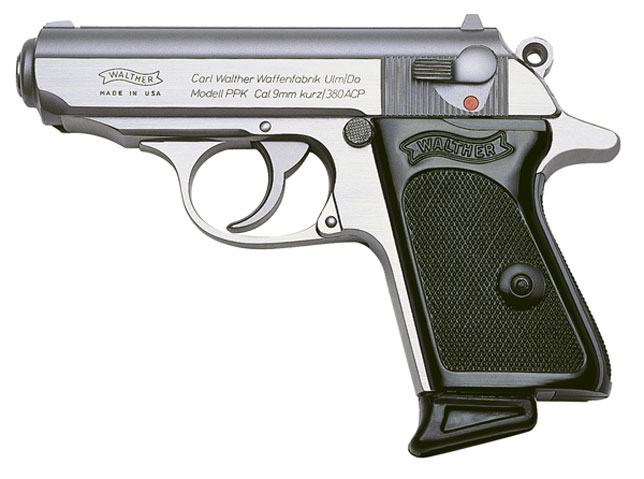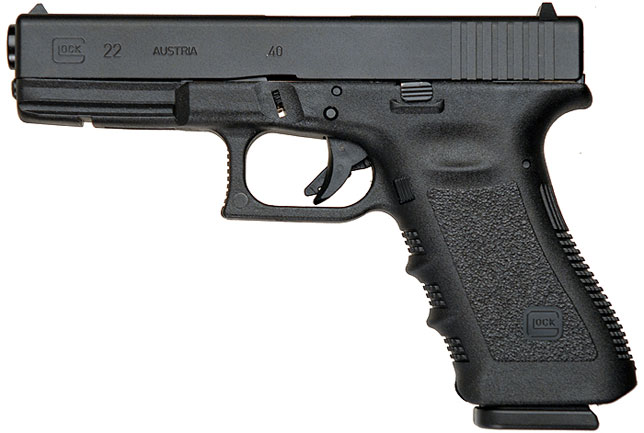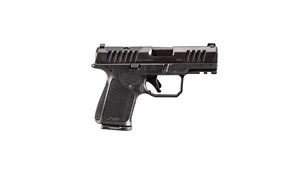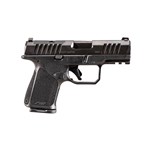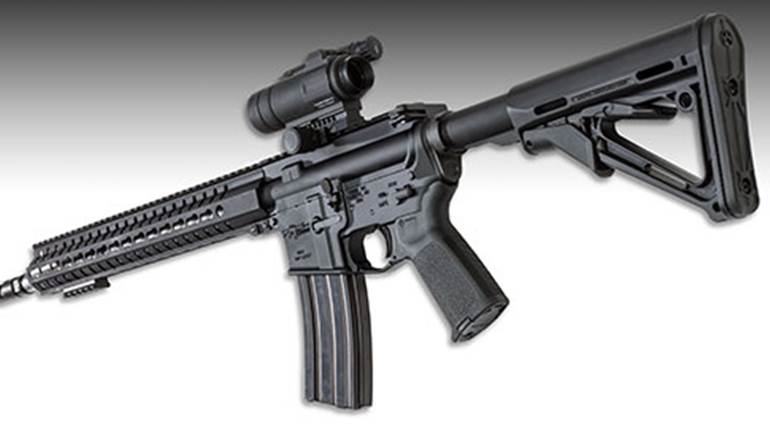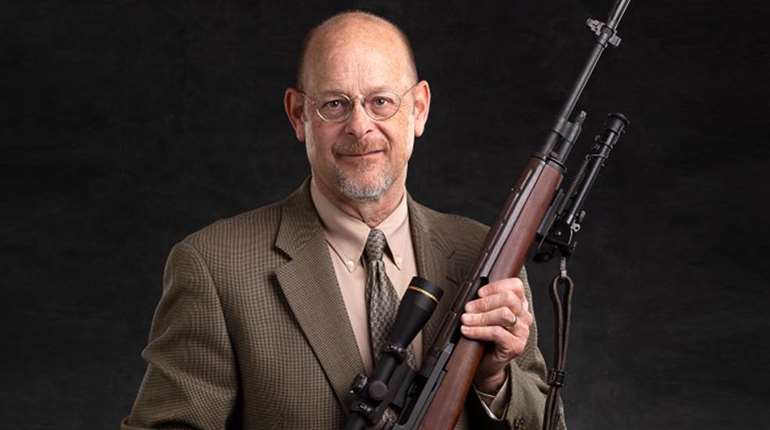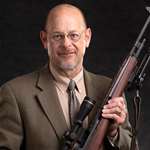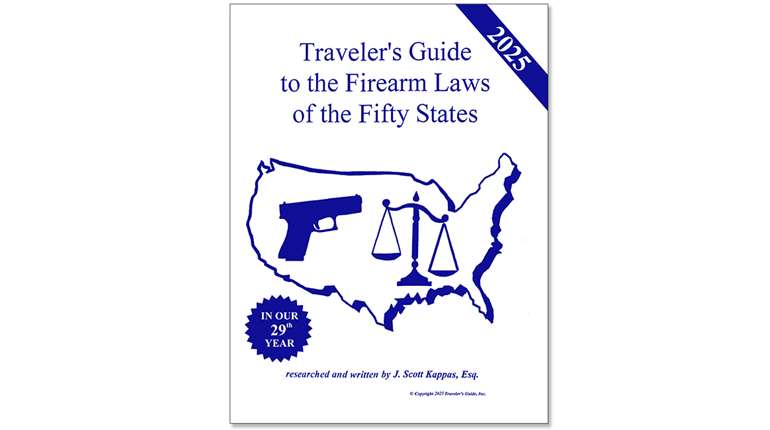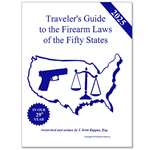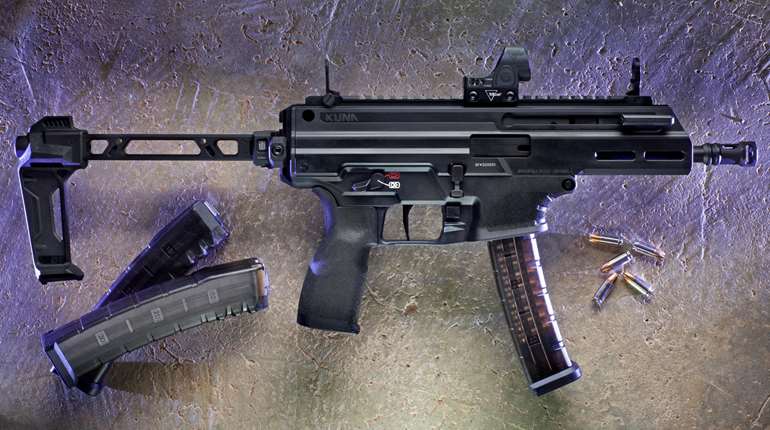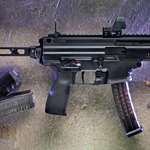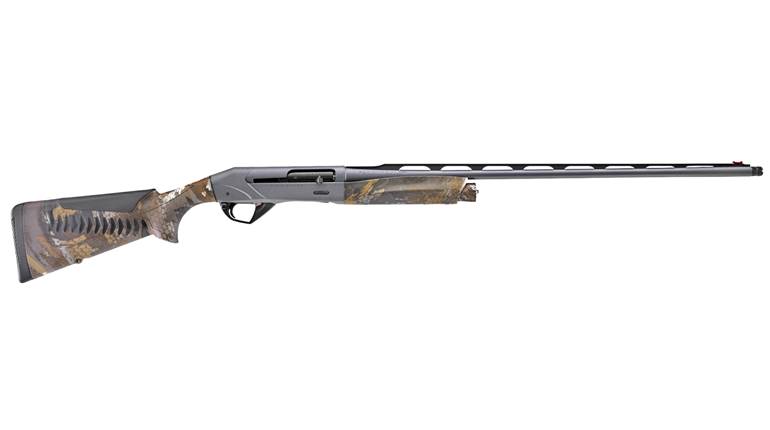When you hear the words, “Colt .45,” you will either think of the Colt SAA, or the great semi-auto that dominated much of handgunning in the 20th century—the Colt Model of 1911. Which one comes to mind will depend on your age, upbringing, the type of shooting you do, and perhaps which gun your hero carried in movies or on television. Either image is, of course, correct. Of all of John Browning’s many gun designs, the 1911 and later 1911A1, is the most copied and influential. It’s the standard to which all other semi-auto pistols are compared, the one most widely used in competition and is considered by most serious students of self-defense as the best fighting handgun in the world. From World War I through Vietnam, it helped save the world, and it still serves some of our elite fighting forces today. It’s a handsome piece, too, with flat, gracefully sculpted surfaces that serve well as a canvas for tasteful engraving. The .45 ACP is the most popular chambering, but there is a special place in the hearts of many for the .38 Super. If that’s your choice, a nickel finish and faux ivory grips are suggested.

